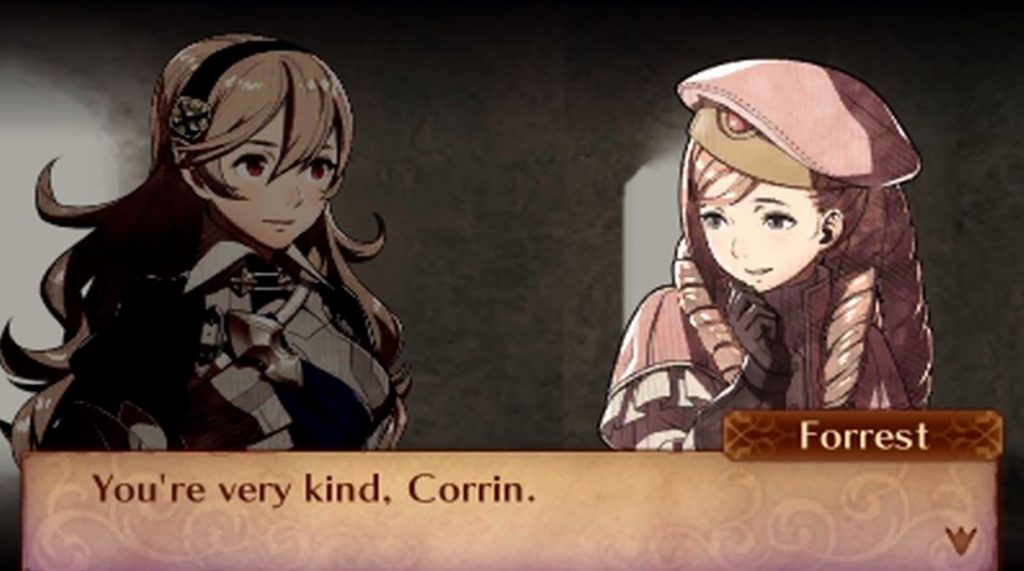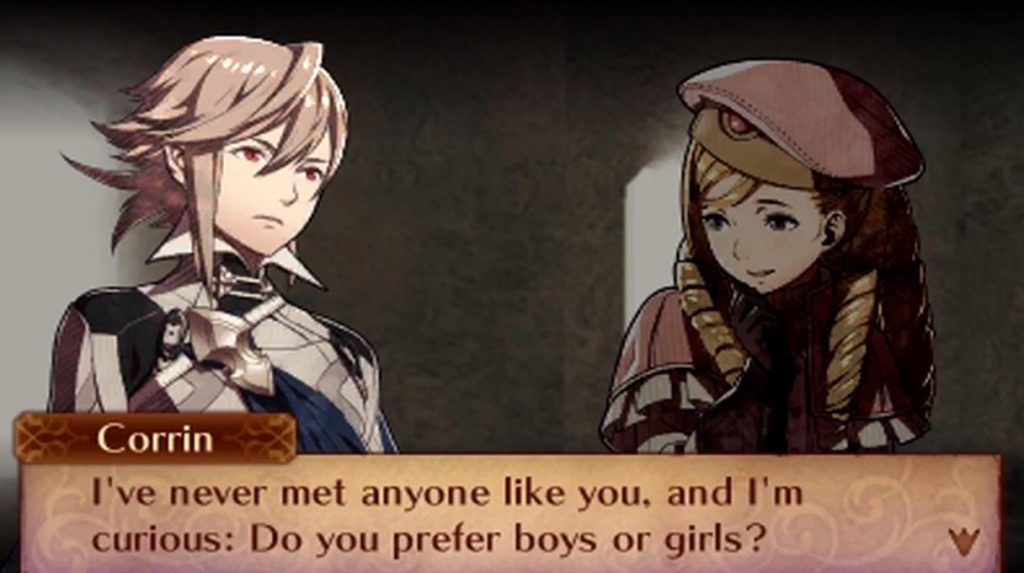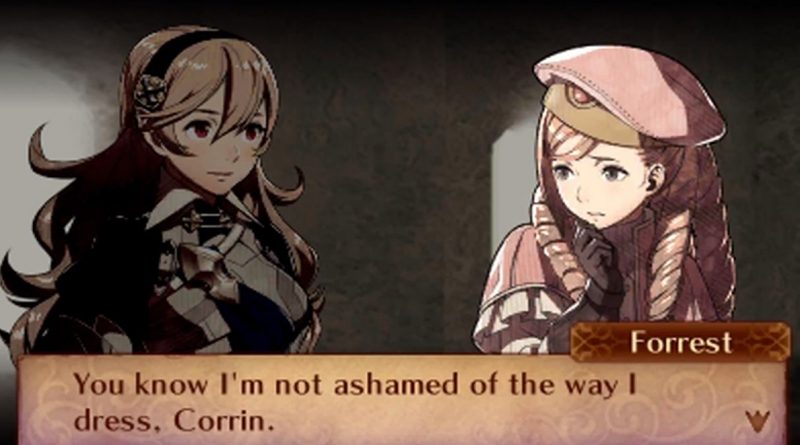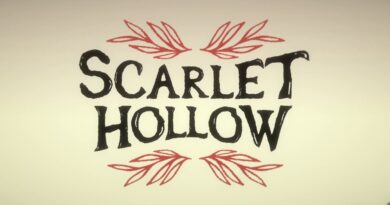For Fire Emblem Fates Forrest: what is lost when we fail to look critically?
Fire Emblem Fates. That three-part game for the 3DS from 2016 that, to many, diminished the successes of Awakening, was my entry to the series. And I kinda loved it? In 2016 I wasn’t thinking critically about the games I played, I wasn’t even thinking that hard about my own gender. There was probably a newness to it all, and maybe it was also because the girl I was falling for was a fan. We exchanged each other’s cartridges to play the different versions so I can’t check, but I remember it felt like a big deal (to me) to play the second time through as girl Corrin. I wouldn’t have needed to give her an excuse, but I probably made one anyways.
Fates marks the end of my critical naïveté. I graduated high school in 2016, came out the next year, started writing the next (and, somewhere in there, that girl and I broke up). As I’ve returned to media from the early 10’s with a different name and new perspectives, I find things that were once hidden in plain sight: symbols, inspirations, politics, allusions, intertext, racism, easter eggs, transmisogyny. Those things will always be there when I finally see them, which is why I have yet to rewatch Baccano! or Soul Eater, just in case something I can’t reconcile was/is there.
When I talk to my mom about TV, or when I try to show her my writing on games, she invokes the colloquialism “it’s just a” movie, a game, a dangerous mischaracterization of a vulnerable group. “It’s just a” implies it’s just. “It’s just an” act of racism, an obfuscation of systemic injustice projected onto its victims, an hour to turn your brain off and enjoy something.
In a video essay on We Happy Few, laborkyle describes how the compulsion to enjoy (products, experiences, media) is a form of neoliberal social control. Criticism and enjoyment are purposefully delinked in conversations about media because of the potential consequences to the hegemonic social order that are reinforced in pop culture — lest we enjoy something that critically engages norms.
Critical enjoyment isn’t necessarily joyful, though. Scrupulous analyses or an acute awareness of axes of power oftentimes both enhance a text while also ruining its pleasure. And I still do it, because what is lost when we, when I, have failed to look critically is so much greater than a game.

I don’t remember exactly when I met Forrest. Was it as a boy in high school, on a save on a cartridge I don’t have, when the world had convinced me we were both boys? Or was it years later, probably on some trans subreddit I still frequented in 2018, intent on uncovering what was really there the whole time?
Forrest is Prince Leo of Nohr’s daughter, a grandchild of the antagonist of the three games. Like the other children, she is raised by caretakers in a different realm where time progresses faster so that children can join your army in a somewhat narratively harmonious way. There, she learns to make her own clothes — dresses and skirts. She knows these aren’t what the other boys wear, but she continues to do so because it has become a part of herself she finds joy in. She even says “I put on a dress and looked at myself in the mirror… I felt like a beautiful princess right out of a storybook.“ And in the Deeprealms, that’s all that matters.
But we meet Forrest in the ‘real’ world as a teenager — old enough to marry the female player character that’s technically not her aunt. In her introduction, she is described by other characters as a beautiful woman and a healer, defending a town from some of Fire Emblem’s many brigands. Her aunt Elise doesn’t even recognize her, but Leo know’s what Forrest is doing. He wants none of it, chastising the girl upon their greeting. “A disgrace,” he says, for the way she dresses.
Forrest doesn’t just take it. She’s collected, prepared even. Ready to leave her parent behind upon their first meeting in years. But she’s abducted by the brigands (to them she’s just a poor damsel) and fights her way out with her father and aunt. Proving herself before him, Leo begins to see that Forrest is more than the way she dresses and that, to the town she saved, she’s a powerful force. Hesitantly, Forrest accepts Leo’s offer to join the army as the prince dedicates himself to becoming a “worthy” father of his daughter.

It’s not the end of her troubles in this new world however. In support conversations, Forrest admits being mistreated out here, stating: “I’ve always dressed however I feel, and back home people respected that. Here I find that’s not always the case, and my clothing makes it harder to fit in.” In one store she frequents, a clerk she thought was friendly finds out she’s “actually a man.” When she isn’t being ogled at, she puts up with looks from the townspeople for just walking down the street. She’s even shocked by your willingness to be seen in public with her. Reality cuts through the fiction.
It’s a reality that is both strikingly familiarly and oddly dissonant. Forrest refers to herself as “actually a man”, a husband, a brother. It’s an odd contention for the otherwise well-written character, one that leaves me guessing at Intelligent Systems’s intentions. But for many fans, like the writers of the wiki and myself, years ago, it’s enough to disregard her as a woman and as a trans character. Plainly put, Forrest exists in a world where gender is so essential that the words cis and trans are irrelevant.
But despite this self-inscribed fictional limitation, someone wrote Forrest’s dialogue, designed her character around a male frame, coded the set of feminine expressions onto her sprite. Forrest is an exploration of real-world transphobia and resilience. One that I couldn’t see before. And one that I will try to never lose sight of again.





Thank you so very much for this insightful piece! Not only did it make me view Fates from a different point of view, but it also made me more aware of the greater social issues surrounding the world we live in today. Great job!!
“Fire emblem fates is one of my most favourite games, it’s much more progressive than a lot of other games in the series. I would like to appreciate and applaud your piece for finding more meaning and support within one of my favourite games but unfortunately I disagree. Gender identity is something I myself struggled with and honestly Forrest helped me understand a bit about myself. While I would love and support a transgender character (or two or three) within the fire emblem series Forrest isn’t the debut. Multiple times to multiple different support partners Forrest corrects people that he identifies as male and dresses however he wants because it’s beautiful, not because it’s gendered. I don’t mean this to sound harsh, I just think we’re should appreciate when someone’s pronouns are directly given to us. Intelligent systems could absolutely do a better job writing their characters but I think they did a fantastic job with Forrest, a character who identifies as male and is constantly misgendered but proud of who he is.”
I see my previous comment was deleted, I’m not trying to pick a fight here or insult your honour, I’m simply trying to share my perspective on a character I love.